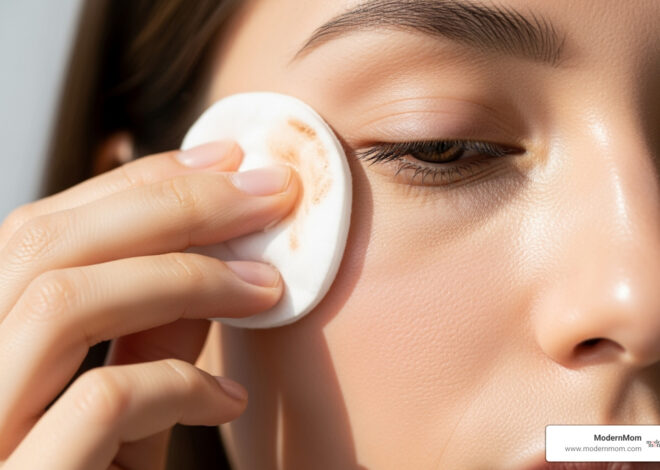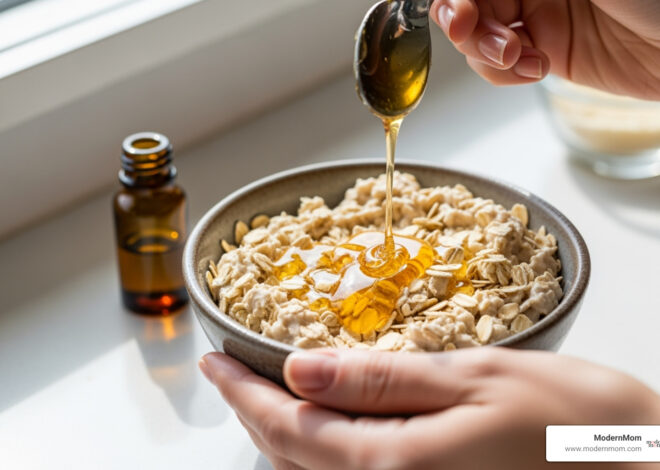Types of Fake Diamonds
Prohibitive prices mean that diamonds are not always a girl’s best friend. Fortunately, diverse options in fake diamonds make buying bling on a budget possible. Fake diamonds typically do not have the same hardness as their real counterparts, but they can easily simulate the shine and sparkle of real diamonds–at a fraction of the price. Consider the pros and cons of various types of fake diamonds before purchasing your next piece of jewelry. As you look at diamonds and fake diamonds, keep the four Cs in mind: cut, clarity, color and carat weight.
Cubic Zirconia
Cubic zirconia reigns as the most popular option in fake diamond jewelry. Entry-level pieces are machine cut and have a hazier look than real diamonds. Hand-cut pieces come at a higher price but have the brilliance of the real article. Set to the task of scratching glass, cubic zirconia does not make the grade. While diamonds have a rating of 10 on the Moh’s Scale of hardness, cubic zirconia only achieves an 8.5. High-end cubic zirconia sometimes goes by the name of Russian diamonds. These pieces can run around $280 per carat.
White Sapphire and Quartz
Two types of natural gemstones do an adequate job of appearing like a diamond. High-quality white sapphires, also known as colorless sapphires, have clarity and shine. Close inspection reveals a key difference in how a white sapphire refracts light in comparison to a diamond. When held at a proper angle, diamonds refract light into bands of rainbows, while white sapphires merely refract white light. The white sapphire scores a 9 on the Moh’s scale of hardness.
Quartz is another gemstone that replicates a diamond, but does not do the job as effectively as white sapphire. Quartz gemstones can have the clarity of diamonds, but when you breathe on them, they fog over like glass while diamonds stay clear. Unlike diamonds, which have ridges and pecks along the surface, quartz stones have smooth, glassy surfaces. Quartz scores a 7 on the Moh’s scale of hardness.
Moissanite
Comprised of silicone carbide, Moissanite is a natural mineral. Henri Moissan discovered this substance inside a meteor in 1893. More than a century later, jewelers began cutting and setting Moissanite to replace diamonds. Many jewelers cannot easily distinguish Moissanite from real diamonds. It scores a 9.25 on the Moh’s scale of hardness, making it the highest-rated fake diamond available. One way to identify Moissanite is to place it under ultraviolet light. If the facets glow with a greenish or yellowish light, it’s Moissanite.




